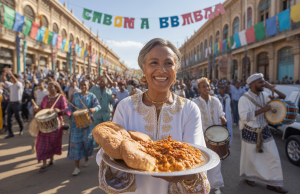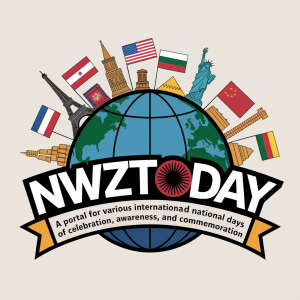The Story Behind St. Martin’s Day
Every year on November 11, communities across Europe and beyond come together to celebrate St. Martin’s Day, a time-honored tradition filled with light, generosity, and feasting. But what makes this day so special? Let’s dive into the history and significance of this festive occasion.
St. Martin’s Day, also known as Martinstag in German-speaking countries, honors the life of St. Martin of Tours, a Roman soldier who became a monk and eventually a bishop. Known for his humility and acts of kindness, St. Martin is famously remembered for cutting his cloak in half to share with a beggar during a bitterly cold winter. This simple yet profound act of compassion is the cornerstone of the day’s celebrations.
A Historical Look at St. Martin
St. Martin was born in 316 AD in what is now Hungary. His life was one of service, charity, and faith. After leaving the military, he became a devout follower of Christianity and was later appointed Bishop of Tours in France. His selfless deeds and dedication to helping the less fortunate earned him sainthood.
St. Martin’s Day marks the end of the agrarian year and the beginning of the 40-day fast before Christmas, known as Advent. Historically, it was a time for farmers to prepare for the winter months, slaughter animals, and celebrate the fruits of the harvest with grand feasts.
Traditions and Celebrations
In modern times, St. Martin’s Day is celebrated with a delightful mix of religious and cultural traditions. Here are some of the most popular customs:
- Lantern Parades: Children craft colorful, glowing lanterns and participate in processions through the streets, often singing traditional St. Martin’s songs. These lanterns symbolize light and hope.
- Feasting: A traditional St. Martin’s Day feast usually features roasted goose (Martinsgans), red cabbage, and dumplings. The goose is said to be connected to St. Martin’s reluctance to become a bishop, as legend has it geese betrayed his hiding spot by honking.
- Acts of Charity: In the spirit of St. Martin’s generosity, many people donate to the less fortunate or share meals with those in need.
Fun Facts About St. Martin’s Day
Did you know?
- St. Martin is one of the most popular saints in Europe, with over 4,000 churches dedicated to him.
- The day is also called Old Halloween in some regions as it falls close to the ancient Celtic festival of Samhain.
- Lantern-making workshops and goose-themed festivals are a common sight in many towns leading up to November 11.
Why Celebrate St. Martin’s Day?
St. Martin’s Day is more than just a historical observance; it’s a celebration of light, community, and kindness. It’s a reminder to be compassionate and generous, especially as the days grow shorter and colder.
Join the Festivities!
Whether you’re lighting a lantern, enjoying a hearty feast, or giving back to your community, St. Martin’s Day is a wonderful opportunity to embrace the spirit of giving and gratitude. Mark your calendar for November 11, 2025, and make it a day to remember!









